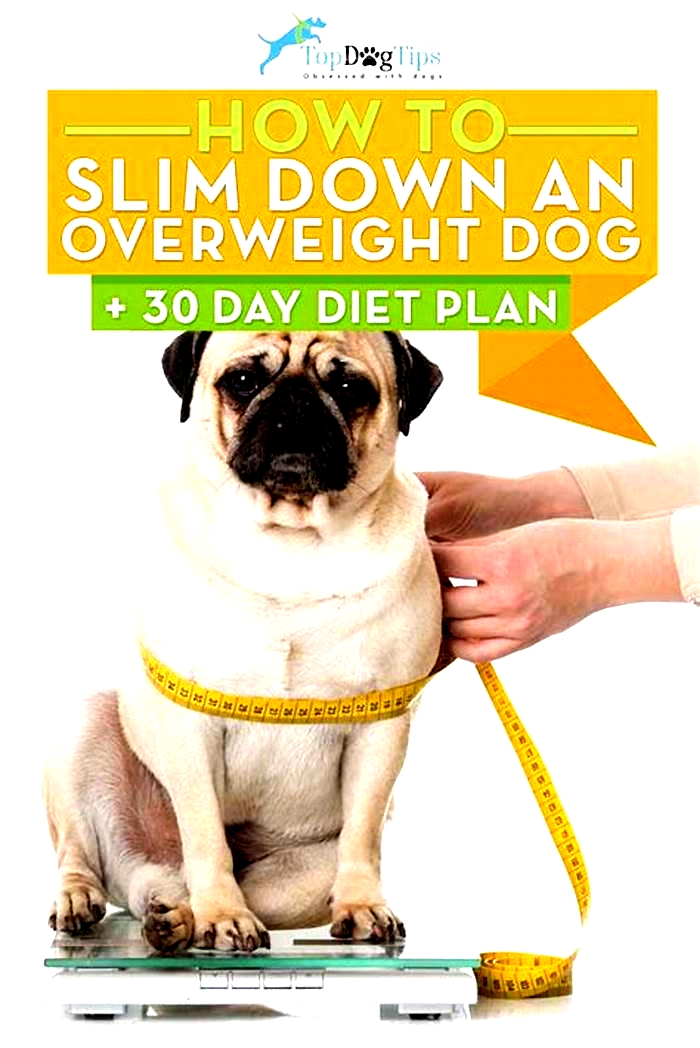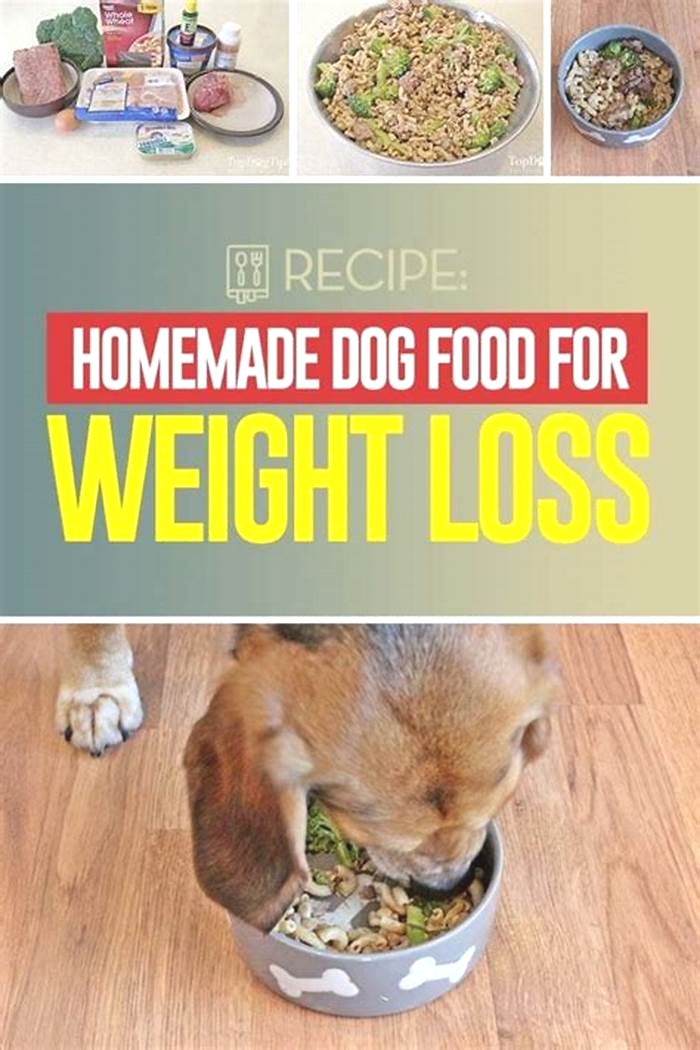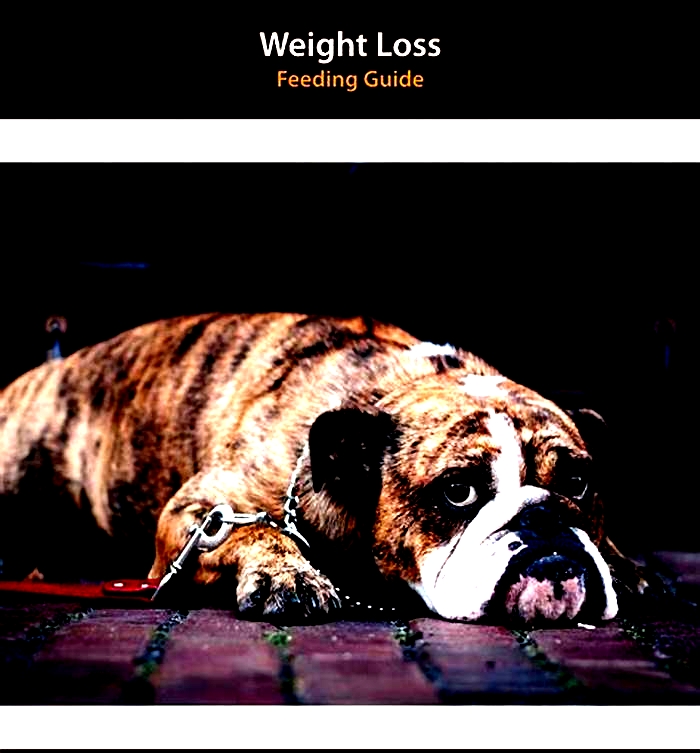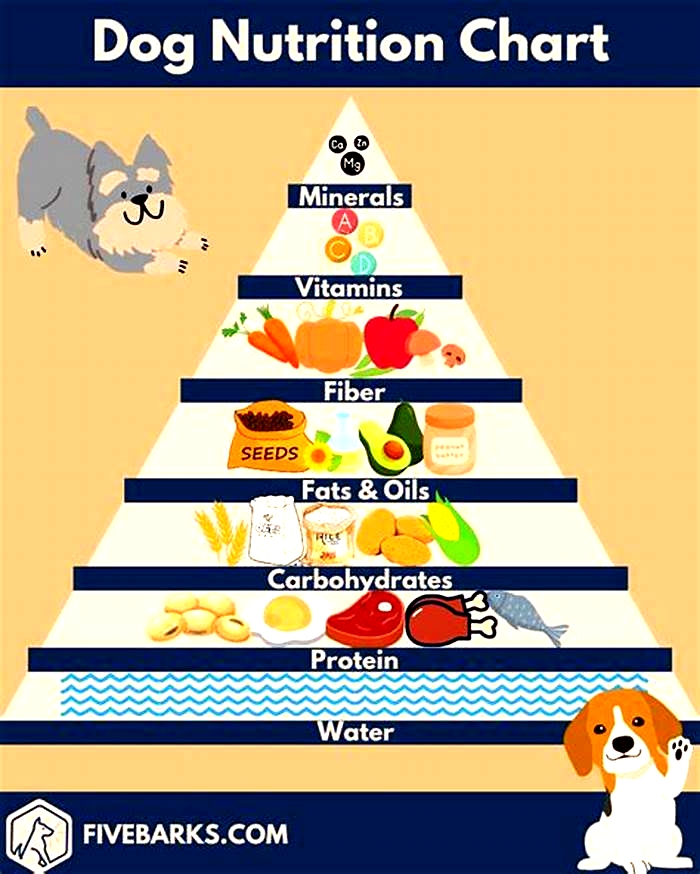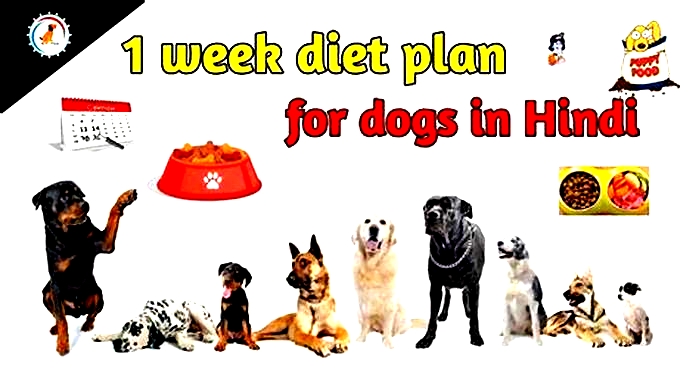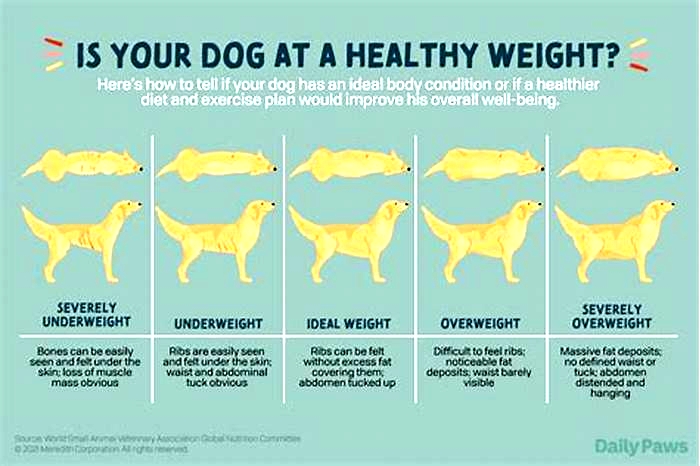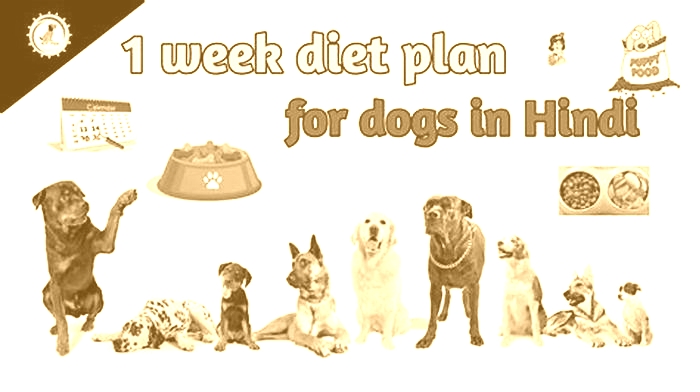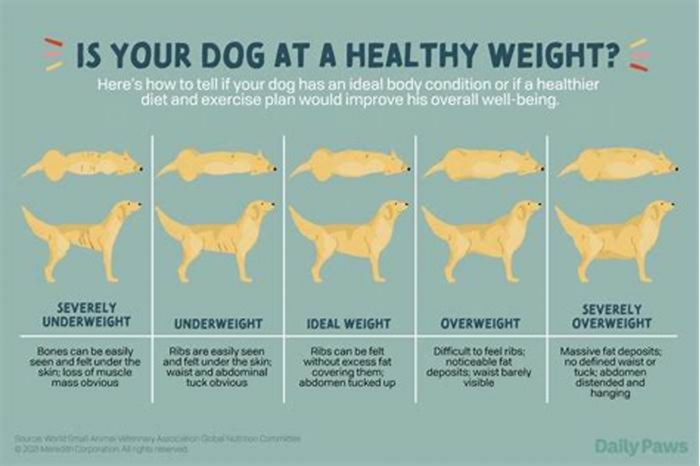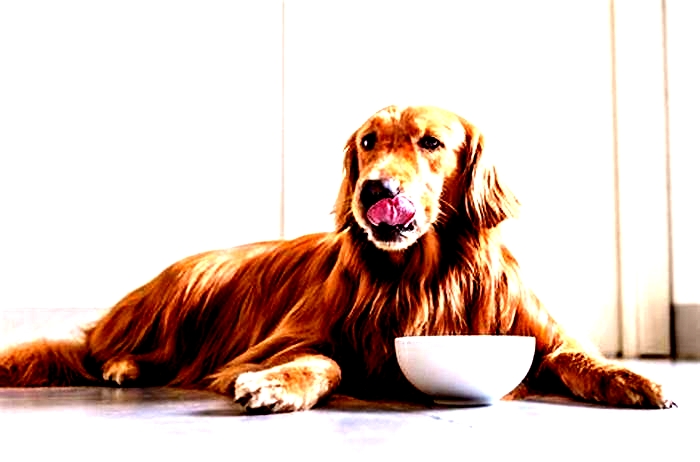Weight Management for Dogs Crafting the Perfect Meal Plan
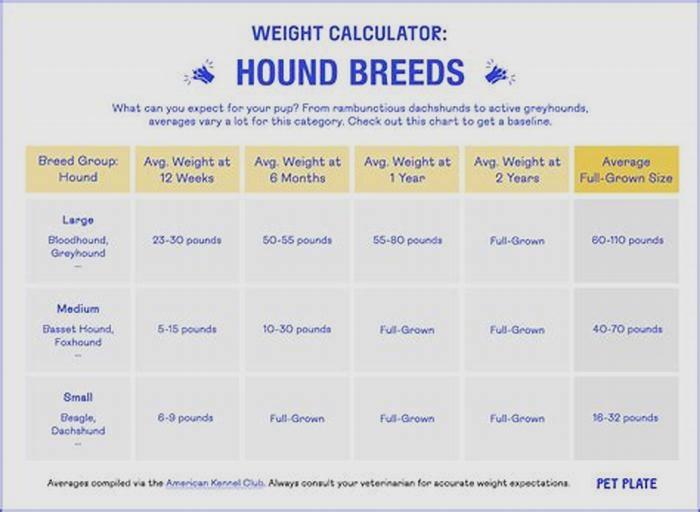
Weight management
A widespread health concern
Obesity is a common problem for both humans and our pets. Canine obesity affects dogs of all types and ages and is one of the fastest growing health concerns affecting dogs today, with 30-60% of dogs affected. Dogs, like us, need a balanced diet and the right amount of exercise to stay fit and healthy, but finding that balance is not always simple.
Common causes of obesity
We all love our pets and enjoy making them happy, so it's easy to use treats and tidbits to achieve this. Unfortunately, regularly overfeeding them, or feeding your dog unhealthy treats without giving them enough exercise can cause them to put on weight, which can make them less healthy and happy in the long term.
The impact of weight gain
Letting your dog become overweight can affect their quality of life and shorten their lifespan dramatically. Even letting them become moderately overweight can reduce their life expectancy. Overweight dogs can suffer from the same health problems that overweight humans do, including heart disease and diabetes. Carrying extra weight can also put a strain on your dogs joints and back, which can be painful and even lead to arthritis.
Help is at hand
Although the effects of obesity on your dog are very serious, the good news is that this problem is avoidable and reversible. By keeping them in shape, you can help them live longer, happier lives.
In this detailed article well discuss how to tell if your dog is overweight, we'll explore the causes of obesity and will provide support to manage your dogs weight. Before starting your dog on any diet or weight loss regime, it is important that you speak to your vet. They will ensure the regime is best for both you and your dog, whilst also providing you with essential additional support to help you succeed.
How to tell if your dog is overweight
Weight gain usually happens slowly and will often sneak up on you. It may be easier for friends or relatives who only see your dog once in a while to notice a difference.
Weight vs shape
Dogs come in all shapes and sizes. Its very difficult to work out a perfect weight for every type of dog, so putting them on the scales isnt always the best way to see if they are overweight. A more reliable way is to check their shape, or the contours of their profile. While a dogs ideal weight will vary between breed types, a healthy shape will be similar for most kinds of dog.
Signs that indicate your dog is overweight
- A bigger and rounder face
- Areluctance to go for walks or exercise
- Difficulty walking
- Easily getting out of breath
- Frequently being tired or sleeping a lot
- A thick, fatty neck
- Ribs cannot easily be felt if you run your hands along their side
- They dont have an obvious waist - if you look from above and the side, does their body go in between their ribs and hips?
If any of the above sound familiar, or if your dog has no waist, a bit of a belly and well-cushioned ribs, it may be time to take action. Book an appointment with your vet.
Body conditioning scoring
Body conditioning scoring is a technique that allows you to look at your dog and see how they compare to a range of images from underweight to overweight dogs. Regardless of your dog's age, size or breed type, these scoring systems can be used to help you see if your dog has any issues with their weight, and to what degree.
What are the effects of obesity on your dogs health?
The effects of your dog becoming overweight may not be noticeable straightaway, but it can have a large impact on their life.Obesity can lead to:
A shorter lifespan
Dogs fed a healthy and controlled diet during their lifetime have been shown to live much longer lives than those which are overweight.
Heart and breathing problems
Fat can build up in the chest and around the airways, making breathing much more difficult and increasing blood pressure.
Hormonal disease
Large stores of fat can make the body become resilient to the effects of the hormone insulin, making it much more difficult to regulate blood glucose levels, leading to canine diabetes.Joint disease
Excessive body weight puts stress on joints and can affect a dogs risk of ligament rupture and arthritis. After developing these conditions, it may be painful for a dog to move and exercise, which can make it more difficult for them to lose weight.
Obesity can also...
- cause a lack of tolerance for exercise
- increase the risk of certain types of cancers
- contribute to skin disease
- worsen the risk of incontinence
- increase the risk of urinary tract infections
- increase the risk of complications from anaesthesia and surgery
- increase the risk of pancreatitis
- worsen the risk of kidney disease in dogs
- decrease heat tolerance
The good news is that reducing your dogs weight can reverse most of these risks. A dog with a healthy shape is more likely to enjoy a long and happy life, and owners who put in the time and effort find it very rewarding too.
Factors contributing to canine obesity
If a dog is fed too much, or is fed unhealthy foods and does not get enough exercise, the energy from food gets stored as fat. This is the main reason why dogs and humans put on weight, but its not always quite that simple. There are many other factors that can contribute to canine obesity including age, sex, whether the dog is neutered, its environment, lifestyle, and any underlying diseases it may have.
Exercise
How active your dog is will play an important part in maintaining a healthy weight, keeping them fit and agile and preventing digestive problems, such as reducing the risk of constipation. It is important that your dog gets enough exercise so that it can burn up the calories it gets from the food it eats during the day. Less active dogs will use fewer calories and may be more likely to eat because they are bored or stressed.
Diet
Feeding fatty foods, such as table scraps, can lead to weight gain, but so too can feeding too much of a healthy diet. This can occur from:
Age
As dogs get older, they are likely to be less active and so will require less energy. If older dogs continue to be fed the same amount of food they had when they were younger, they may start to put on weight.
Neutering
When dogs are neutered, their metabolic rate lowers and the energy that they require decreases by about a third. Neutered dogs may put on weight if their diet is not adjusted accordingly.
Genetics
Although any dog can become overweight, research has found that dogs of certain breeds may be more prone to being overweight than others, suggesting a possible genetic component. This does not mean that all dogs of these more susceptible breeds will be overweight, but it does mean that owners should keep a closer eye on their weight.
Breeds said to be predisposed include:
- Labrador Retrievers
- Cavalier King Charles Spaniels
- Cocker Spaniels
- Beagles
Social aspects
Dogs that live with other dogs or other pets may tend to eat more, or eat more quickly, than those in a single-dog household. However, dogs that do not live with other dogs tend to be spoilt more with treats.
Personality
Some dogs may only eat what they need, while others will eat all that is given to them and will still look for more. Some dogs are fussy about which foods they eat, while others will eat anything.
Medications
Some medications, such as glucocorticoids, benzodiazepines and barbiturates can all increase the risk of weight gain.
Other health problems
Conditions such as Cushings disease (a disease of the adrenal gland), hypothyroidism (an underactive thyroid) and insulinoma (a tumour in the pancreas) can all lead to weight gain.
Creating a plan on how to manage your dogs weight
If your dog is overweight, creating a weight loss plan can be a daunting task. Here are some tips to help you get started.
Visit your vet and ask for an assessment
If you suspect your dog is overweight, your first and most important step is to book them in with your local veterinary practice. Your vet will be able to tell you if your dog is overweight and will investigate the cause of your dogs weight problem, whilst also ruling out any underlying medical issues.
Your vet may check for any other medical conditions that could make weight loss more difficult for your dog, such as food allergies or joint conditions that may make exercise more painful.
Create a plan with your vet
Your vet will be able to help you develop a successful weight loss programme, which may include changing the type of food your dog eats, looking at how much to feed them and how often, recommendations on what to give them as treats, as well as talking to you about the type, frequency and duration of exercise your dog should be getting.
You may want to make follow-up appointments with your veterinary practice every two to four weeks to monitor progress and to see if any adjustments in the weight control programme are needed. It is important that you dont change your dogs diet or dramatically increase their exercise without first talking to a vet, as this can put extra strain on an overweight dogs body and can be harmful.
Setting realistic goals
Your vet will help you to determine a realistic weight loss goal and how long it will take for your dog to return to an appropriate weight. It is important to understand how long this may take so that you are fully prepared and are not disappointed by unrealistic expectations.
As a guideline, a good goal is for your dog to lose 1-2% of its body weight per week. If weight loss is too quick, it can impact how successfully your dog can keep the weight off after the initial diet.
Seek additional support
As well as practical advice, many veterinary practices may also offer, or know of, weight reduction support groups for dogs and their owners. These will not only help you keep an eye on your dogs weight and give you extra hints and tips on weight loss, but they will also provide the emotional support that is often needed to help you and your dog succeed.
Keeping records
Recording daily exercise and diet
To help you see how well you and your dog are getting on, and whether further improvements can be made, make sure that you keep a daily log of their food intake (including treats) and exercise (type and duration). By recording these details, you can evaluate if your dogs weight loss programme is working.If it does need a little adjustment, it should help you see which areas need to be altered further. Dont expect your initial weight loss plan to be perfect - it may need some tweaking, but your vet will help guide you on any changes required.
Monitoring change in weight and size
If your dog is overweight, then it may be a good idea to get into the habit of checking their shape every week or so to monitor any change. You may wish to initially take photos of your dog from above and from the side, so that you have something to compare. Alternatively if your dog is small (i.e. you can easily pick them up) you may also wish to regularly weigh them to monitor change. If your dog is not keen on standing on the scales, you could weigh yourself while holding your dog, then weigh yourself without them. The difference between the two is your dog's weight.
If your dog is too large to go on your scales, then you could weigh them at your veterinary surgery each time you go for a check-up, which may be more often than is usual, especially if your dog is trying to lose weight.
It may be helpful to plot your dogs weight on a graph so that you can see how they are progressing over time. It is very common to hit a plateau where your dog may seem to not change weight for a while. Remember that this is normal and that you should continue with your weight loss programme. Speak to your vet if you are concerned.
Healthy weight loss
Although obesity is very serious and both diet and exercise are vital in helping your dog to lose weight, it is important to remember that weight loss should always be done in a gradual and gentle way. It therefore goes without saying that you should never starve your dog or encourage them to do too much strenuous exercise. You should also never restrict access to fresh, clean water.
Diet
There are two main methods to reducing your dog's calorie intake. Either feed them less food, or feed them dog food that is low in fat.
Foods to avoid
Things that humans eat are not always appropriate for dogs. Foods such as grapes, raisins, onions, chocolate and some artificial sweeteners can be poisonous to dogs. Table scraps are often fatty and high in calories, which will not help your dog lose weight and may upset their stomach. If your dog often begs for food scraps, you may wish to feed them before you cook or eat. If you cannot resist giving them table scraps, make sure they are something healthy, e.g. raw carrots or rice cakes.
Foods to give
The type and amount of food a dog needs will depend on its size, age and lifestyle - e.g. a large working dog will burn more calories and require more food than a small dog that spends most of its time indoors. Similarly a puppy that is still growing will need different types of food to support its growing body, compared to an elderly dog.
Food that is high in protein and fibre, but low in fat is recommended for weight loss in dogs. These foods provide dogs with adequate energy while also keeping them feeling full for longer. Your vet will be able to help you work out a diet that is appropriate for your dog.
Weight reduction diets
Your vet may suggest that you start giving your dog a special weight reduction diet to help them get in shape. These diets are lower in calories than standard dog foods, but are usually supplemented with extra essential nutrients to help keep them healthy. These foods may contain other substances to bulk them out, such as extra fibre, helping your dog feel full despite eating fewer calories. This means that you do not need to drastically alter the amount of food your dog eats, unless you have been overfeeding them by quite a lot. Your vet should be able to recommend which brands or type of diet would best suit your dog.
Dogs are creatures of habit, so your vet should also be able to give advice on introducing new food into their diet. Generally, it is recommended that this is done over approximately seven days, slowly introducing more of the new food and reducing the old. Remember that you should always speak to your vet before starting any new calorie-restricted diet, especially if your dog is already on a special diet for a medical condition.
Measure out your dogs food
To help you know how much food your dog is eating and how many calories they are consuming each day, it is important to weigh out their food. Your vet should be able to give you a guideline of how much they should be eating each day, based on their ideal target weight.
Good quality dog food will tell you how many calories each serving contains, so you can know how much food they need to be given to maintain or reduce their weight. Some foods may give this as calories per scoop or per gram.
When deciding how much food to give their dogs, many owners guesstimate, but this can be very unreliable, especially as you are more likely to be overgenerous and give them too much food rather than too little. You could consider measuring out your dogs food using a cup or a scoop, but even this method may not be accurate as they are very easy to overfill. The best way to measure and monitor how much food your dog is getting is by weighing it out on electronic scales.
Establish a feeding routine
Free feeding (leaving food out all day for a dog to graze on) is something you should avoid if you are trying to help your dog lose weight. Dogs that have food constantly available to them are likely to eat more food than those fed fixed amounts at regular times each day.
To help your dog lose weight, you could consider feeding them two or more smaller meals throughout the day. By feeding them regularly it prevents them from eating too quickly, which improves digestion, stops them swallowing lots of air when they eat and makes them less likely to still feel hungry after they have eaten.
Dogs like routine and having meals at regular times gives them something to look forward to and makes their day more interesting.
Its important that you divide your dogs total calorie intake for the day between these meals so that you are not overfeeding them. If you do like to give them treats, make sure that you assign a certain amount of their calories for these before working out how much to give them for each meal.
When working out what times you should regularly feed your dog, make sure that you do not feed them too late, as they will not burn many calories when sleeping at night. Late night feeding can easily lead to weight gain.
Consider feeding toys
Toys which slowly release food when they are moved around, or played with, are an excellent way to help your dog draw out meal times so that they do not gobble down their food too quickly. This means they will be more satisfied with less food. These toys, available from most pet shops, are also a great form of mental stimulation that your dogs will love to play with.
Giving treats
Just because your dog is on a diet, that does not mean that you need to stop giving them treats. However, it does mean that you should watch what you give them and how often.
- If you do still want to give treats, make sure that they are not high in fat or sugar. Snacks that are appropriate include carrot sticks, or a small piece of cucumber, apple or banana
- When giving treats, make sure you include them in your dogs total daily calorie intake. You may need to take the calories your dog eats in treats from the calorie allowance from their meals to balance things out
- You could put some of your dogs kibble allowance aside and use that as treats during the day
Begging for food
As your dog begins to lose weight, they may become more focused on food and more inclined to beg for treats or scraps. If your dog regularly begs for food, you could:
- offer them some fresh water - sometimes quenching their thirst may distract them
- take them for a walk, as this may help to take their mind off food
- give them a healthy snack, such as carrot sticks or slices of apple. Alternatively you could give them a small amount of kibble, but make sure if you give any treats these are taken into consideration when calculating your dogs total calorie intake for the day
- give them some attention, such as petting them or playing with them
- give them small meals throughout the day to keep them feeling full
- time your dogs meal so that you feed them before you prepare your own meal or before you eat
Get the whole family involved
In houses where more than one person feeds the dog, it can be more of a challenge to know how much food your dog has had in a day. It is important that each family member knows how serious canine obesity can be and that it is important to stick to a weight loss programme.
Where possible, one adult should be responsible for all the feeding, but if this is not realistic, then you may wish to create a set of feeding instructions and records so that each person who feeds the dog notes down on a homemade chart how much they have given, what type of food and when.
Alternatively, you could weigh out each of your dogs meals at the beginning of each day and store them in labelled, sealable containers. This way everyone will know how much the dog has been fed and how much is left for the day.
Feeding in a household with other pets or toddlers
If you have more than one dog, it is important that your overweight dog is stopped from eating food that is not intended for them. Ideally, any dog trying to lose weight should be fed in a different room to other pets. After a certain amount of time, any uneaten food from other pets should be removed so as not to be a temptation for your dieting dog. If you are going to be out of the house, avoid leaving food out, where possible, as it can be very difficult to control who eats it.
If you have cats, then you may wish to place their food somewhere that can't be accessed by your dog (i.e. somewhere high up).
If you have toddlers that accidentally drop food at meal times, then you may wish to stop your dog coming in to any room where children are eating, to stop them hoovering up the scraps.
Exercise
As well as limiting how many calories your dog eats, its just as important to increase the amount of calories they burn by doing exercise. Exercise improves muscle tone, increases metabolism and helps reduce weight. Inactive dogs are often bored and eating may be one of the things that they do to relieve boredom.
Consult your vet
The amount of exercise that is suitable for your individual dog will depend upon its age, breed, fitness level and general health. Before starting any new fitness regime, its important you seek advice from your vet on the current health of your dog and how much exercise is appropriate for them.
Start gradually
If your dog is unfit, then make sure to start gradually, and be especially careful with elderly pets or dogs with joint problems. Try to take your dog out for a walk at least twice a day and rest if you notice signs of fatigue, like heavy panting. In general, lead walking for 20-60 minutes a day, five days a week would be a great way to start.
Consider the weather
You can walk your dog in any weather, providing youre both dressed for it. If its very hot then you can still go out early morning or later in the evening when it is cooler. Try to change the route you walk to keep it interesting and exciting for your dog.
Go at your dog's pace
Dogs that are very unfit may not be enthusiastic about exercise and may stop in the middle of a walk and be reluctant to continue. This could be because they are fatigued or their joints may hurt.
To start with, you may wish to stay close to home and take them for several short walks throughout the day, rather than taking them for one or two longer ones. Remember to work at your dogs pace; if they arent tired when you get home, you may consider increasing their exercise next time round.
Once they are used to some exercise, you could vary the pace at which you walk with them, e.g. you could walk quickly for 30 seconds, walk at a normal pace for a minute or so and then keep repeating.
Do more than just walking the dog
In addition to taking your dog for a walk, you could play fetch with a ball or a frisbee, but make sure both are dog friendly. Swimming is also a brilliant for obese dogs, as it puts less stress on joints, but it may not be an option for all.
There are a whole host of dog activities and exercises that you and your dog can enjoy together, such as agility, flyball, heelwork to music, competitive obedience and working trials, but these may be something to aim for, for those with very overweight dogs.
When playing with your dog on walks, do not throw sticks for them to chase, as they can splinter in the mouth or they can land on the ground in such a way that a dog can become impaled by them.
Its important that you stick to a routine and persist in exercising them. If you are unable to walk your dog yourself, then ask a friend, family member or a professional dog walker, so that they dont miss a session.
Have persistence, patience and perseverance
How long it takes for your dog to reach their ideal size and weight will depend on a number of different factors. It can take as little as a few months in some cases, while others may take up to a year. Some dogs may be able to lose weight quickly while others may need to take things a little slower.
Regardless of the time it takes, the key to weight loss is dedication and commitment. You may encounter a few problems along the way, such as your dog having difficulty adapting to a new diet or a new routine, or perhaps changes in their behaviour, such as being more protective of their food or trying to steal food. Unfortunately your dog wont understand that you need to change their lifestyle to help them live a longer, happier and more active life. Its up to you to help them through this period of change. You and your dog can do this together, but it will require patience and perseverance.
Be patient, but firm with your dog. Whether they reach their target weight/size will depend on how they stick to the changes you have made to their diet and exercise routine.
If you are finding it difficult to stick to a diet or exercise plan, then seek support from friends, family, your local vet or a dog weight loss support group, who may be able to give you the encouragement you need to help your dog.
Check-ups after weight loss
As your dog loses weight, you will notice that they are happier, more energetic and more inclined to exercise. Once your dog has reached their ideal size you will need to adjust the amount and type of food they eat to help them maintain their weight. At this point you should speak to your vet about a lifetime weight maintenance plan to help keep them fit, healthy and slim.
Once your dog has been overweight it may be easier for them to gain weight again. It is therefore important that you keep an eye on your dogs shape and weight by checking them every two to four weeks, to make sure those lost pounds arent creeping back on. Remember to keep exercising them regularly, as it helps them stay in shape and keeps their heart healthy too.

